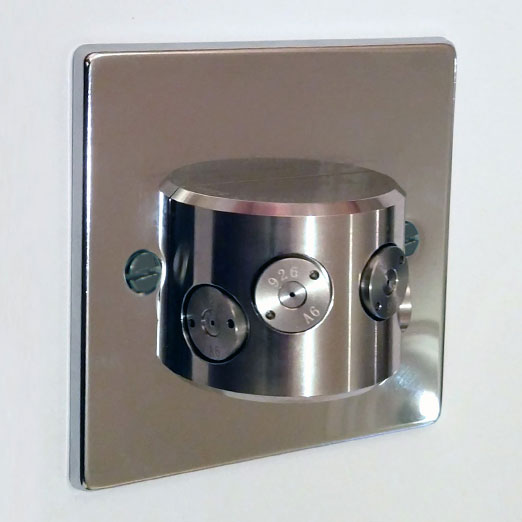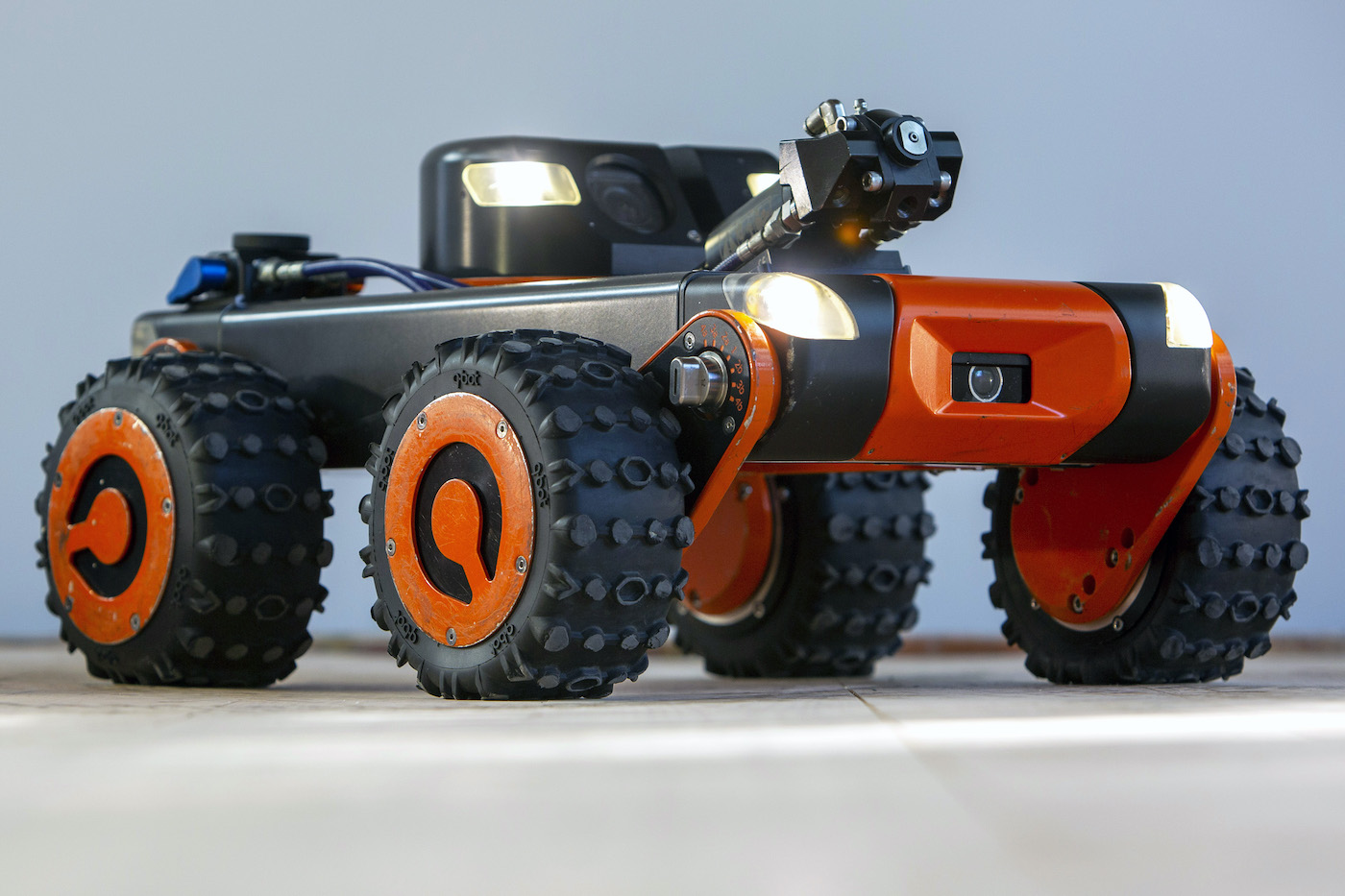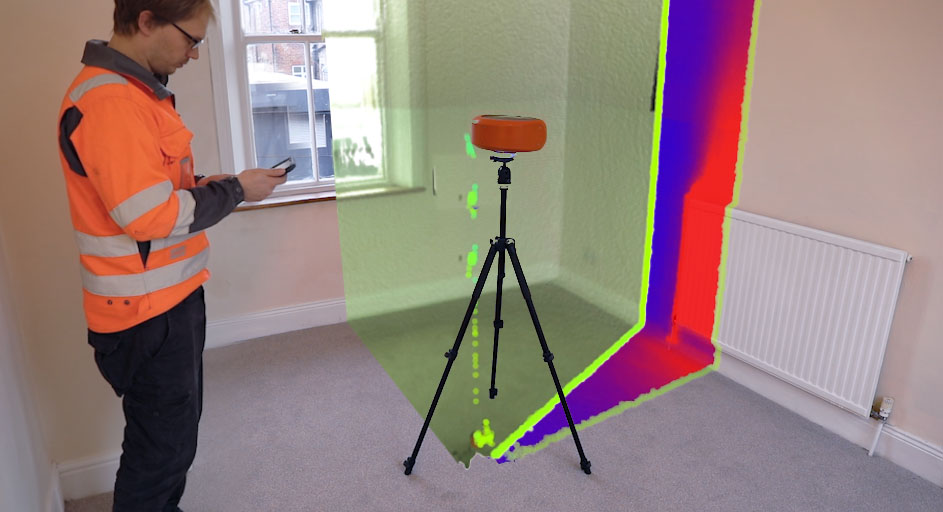5 AI innovations to watch for in the built environment and construction sectors
Artificial intelligence (AI) is seemingly everywhere, in our gadgets, in the systems used for the web, in our cars and it’s in our homes and buildings too. We expect AI to become even more ubiquitous in the operation of smart cities, our homes and in construction.
In essence, AI is a system, normally embodied in software, that makes autonomous decisions. Many developments in AI mimic aspects of human intelligence including learning, reasoning, problem solving, understanding language and perception of situations and environments. AI capabilities have been developing rapidly with applications ranging from digital assistants to smart devices, generative adversarial networks, digital twins and deployable AI.
The following five AI innovations represent areas to watch for in the built environment and construction sector:
Digital assistants (DAs) such as Siri, Alexa and Tian Mao use semantic natural language processing and accumulated data to attempt to anticipate what a person might want to do, or know, next. Through collaborations between device manufacturers and DA platforms, many traditional building systems are becoming ‘connected devices’ with examples spanning thermostats, lighting, ventilation, screening and security.
Interoperability – more and more appliances are offering interoperability, protocols enabling devices to communicate with each other. For example, were something to catch fire in an oven a smoke detector could signal the oven to turn off.
Generative adversarial networks (GANs) typically comprise two network models that compete against each other in the analysis of a dataset. GANs can be trained to produce new virtual environments using combinations of typical objects found in the built environment, from trees, to street furniture and buildings with the associated functionality for each object. Examples include shopping centres, warehouses, factories and communities. The artificial environment can be used to explore a wide range of scenarios, from customer flows to urban planning. The team at Q-Bot, for example, is using survey data to generate data sets that enable new functionality for the underfloor spray robots, making them even more efficient and enhancing object detection.
Digital twins - These are deployable versions of another entity such as a person or physical artefact. Once you have a digital twin you can explore how this behaves under different scenarios or even use it to represent the original in transactions. When Q-Bot undertakes a survey of a home, the result of all the data captured combined with object recognition software means that Q-Bot actually knows more about some areas of a home than the owner. This data can be leveraged to provide advice, for example, on home maintenance.
Deployable AI - Platforms enabling non-experts to build and deploy AI applications as part of everyday work are becoming available from both start-ups and the big software companies.
Examples:
|
The Plumis Automist, an alternative to traditional sprinklers, uses AI to build a data set to help diagnose when a heat event requires intervention. |
 |
 |
Q-Bot spray robot with its sensor turret – capable of surveying an underfloor cavity. |
|
A Q-Bot 3D scanner takes 60 seconds to collect a full 360° capture of a room, comprising 3D, visual and thermal data. |
 |
By Professor Peter Childs
The author is Professor Peter Childs FREng, FIMechE, FASME, CEng, PhD, Imperial College London. Peter is the professorial lead in engineering design and founding head of the Dyson School of Design Engineering at Imperial College London, professor at large for the Innovation Design Engineering programme run jointly by Imperial and the Royal College of Art, and a founder director at Q-Bot Ltd. His areas of interest and expertise include heat transfer, retrofit, sustainability and innovation.
